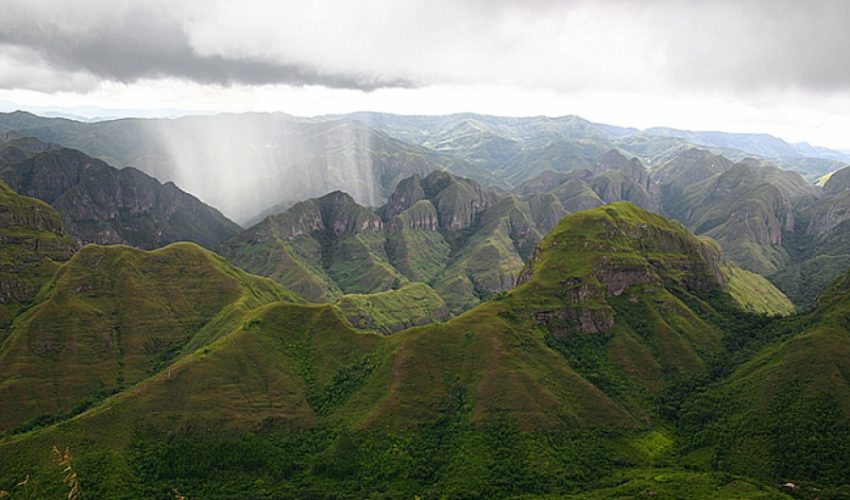Bolivia
When you come to Bolivia, you won’t just help build affordable homes for Bolivians in need—you’ll also have the chance to visit world-renowned tourist attractions!
Volunteering trips to Bolivia are available through the Fuller Center’s Global Builders Program. Join us in building hope in the heart of South America, while experiencing the beauty and culture of Bolivia.

Uyuni
The Salar de Uyuni, the world’s largest salt flat, is a natural wonder that draws travelers from across the globe to Bolivia. Visitors flock to South America to witness its breathtaking mirror-like reflections and vast expanses of white salt. The “salar” is renowned not only for its size but also for its stunning beauty, serving as the perfect backdrop for incredibly creative, surreal, and even mind-bending photos.
Lake Titicaca
After contributing to a brighter future for Bolivia, we invite you to explore the country’s wonders. A must-see is Lake Titicaca, an icy high-altitude lake that is the legendary cradle of the Inca civilization and is rumored to conceal precious Inca treasure. French explorer Jacques Cousteau spent years searching for this elusive Inca gold. You can take a boat tour to witness ancient ruins from the 5,000-year-old Inca Empire. Don’t miss the Isla de la Luna and Isla del Sol, where you can explore ancient Inca temples.


Valle de la Luna
The Valley of the Moon is renowned for its surreal white rock formations. The varying mineral content of the mountains creates striking color contrasts, leading to captivating optical illusions. You can choose between a short or long hike to explore this unique landscape, located just 10 kilometers from downtown La Paz.
Illimani Mountain
When flying to Bolivia, be sure to sit on the right side of the plane to catch a glimpse of the majestic Illimani Mountain. Standing at 6,438 meters (21,122 feet), Illimani is the symbol of La Paz and the second highest peak in Bolivia, as well as the highest in the Cordillera Real. Its three prominent peaks are visible from La Paz, and the most popular climbing route is on the west face. Climbing Illimani is a challenging endeavor, typically requiring four days and previous climbing experience.


La Paz – Cable Car
TTo experience stunning views of La Paz’s mountainous landscape, ride the Teleférico. These cable cars provide a unique perspective of the city and are the fastest and most cost-effective way to travel across it, with fares costing less than a dollar per ride.
Los Yungas
During your visit to Bolivia, consider a journey from La Paz into the subtropical valleys of the Yungas region. This trip, which takes you from glaciers to tropical jungle, provides a geographical synthesis of diverse environments. Located just four hours from La Paz via one of South America’s most breathtaking highways, Los Yungas offers adventure opportunities such as biking down the famous Yungas Road. Enjoy the stunning views and, upon reaching Coroico, savor a delicious cup of Bolivian organic coffee and stay in one of the many hotels or hostels.


Amboró National Park
Amboró National Park is an ecological gem spanning almost half a million hectares, situated approximately 150 km northwest of Santa Cruz de la Sierra. The park is uniquely positioned at the intersection of three distinct ecosystems: The Amazon basin, the northern Chaco, and the Andes. This convergence creates a rich biodiversity, with over 800 bird species recorded in the park.
Tiwanaku
Tiwanaku is a Pre-Columbian archaeological site located in western Bolivia and has been designated a UNESCO World Heritage Site. It served as the capital of an empire that extended into present-day Peru and Chile, thriving from AD 400 to AD 1000. The ruins of Tiwanaku offer a striking testament to the power of this ancient empire, which played a pivotal role in the development of Andean pre-Hispanic civilization. Don’t miss the iconic Gate of the Sun!










